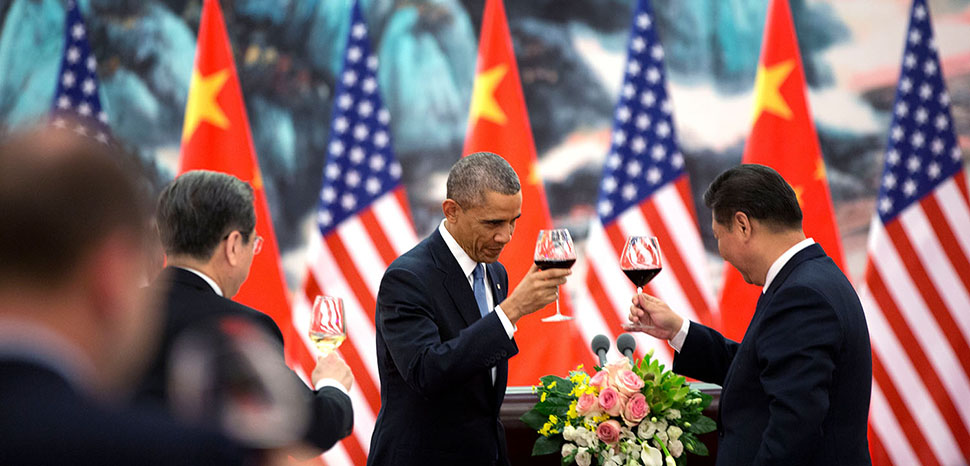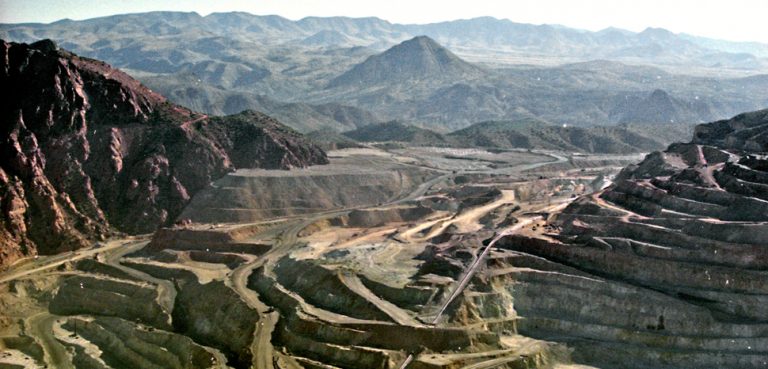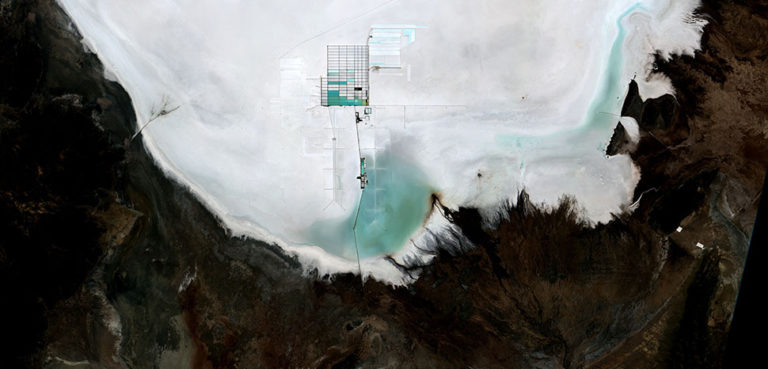Rare earth elements (REEs), comprising 17 (15 commercially relevant) chemical elements and soft heavy-metals like Thulium and Cerium, are vital in modern technologies from cell phones to windmill magnets. They are also used in glass properties and constitute 50% of digital camera lenses, and despite their name, these elements are abundant, yet economically exploitable deposits are uncommon. Extraction and purification of REEs play a pivotal role in achieving a zero carbon transition, supporting battery tech, windmill efficiency, and solar panel production. It attracts not only nation-states industries, but also billionaires like Bill Gates that invested $1 billion in AI mining through KoBold Metals for a greener transition. China’s REE monopoly prompted global recognition of their strategic importance, and both the EU and the U.S. designated REEs as Critical Raw Materials due to concerns about China’s near-monopolistic supply.
Historically, in the California desert, Mountain Pass has been a rare earth elements mine since its discovery in 1949 by the Molybdenum Corporation of America, peaking in production from the mid-1960s to the 1980s, and representing US control of the market over this period. However, challenges appeared in the form of environmental movements and regulatory pressures, leading companies to explore alternatives or relocate their industries to China. Conversely, China’s initial slower development in rare earth elements picked up during the mid-1970s, aligning with the closing down of some US mines, along with China flooding the market with low-priced REEs. Analysts view this as a failed US strategy, as China’s low costs, driven by subsidies and lax standards, outpaced the US rare earth industry, such that the 1980s marked the beginning an ongoing competition between these superpowers in the REE sector.
In the 1990s, China emerged as a dominant force in rare earth production. Accounting for 85-95% of the global supply, and leveraging its abundant resources, China strategically utilized rare earths for technological innovation across sectors like space, defense, and energy. Deng Xiaoping’s vision outlined in 1992 aimed for China to lead the world in the rare earth industry, famously saying that, “The Middle East has oil, China has rare earth.” Magnequench, a rare earth-specialized company and subsidiary of General Motors, was acquired by a Chinese state-owned enterprise during the late 90s, with Deng Xiaoping’s son-in-law serving as the new leader of the company.
This was during the phase of American unipolarity, in which China was still not seen as a threat by US officials. At the same time, Japan closed some rare-earth facilities and transferred its technology to China, advancing Chinese dominance of the market further and increasing the reliance of other countries on Beijing for supply. This dependence on Chinese processors, coupled with environmental concerns, led to the halt of production at the USA’s Mountain Pass in 2002.
In 2010, China accounted for 95% of the world’s rare earth oxides, and in that same year, a Chinese fishing trawler collided with two Japanese Coast Guard vessels near the disputed Senkaku Islands. Following the collision, the Japanese Coast Guard detained the Chinese captain, accusing him of intentionally hitting the Japanese ships, and China vehemently protested the captain’s arrest and demanded his immediate release. The clash escalated diplomatic tensions between China and Japan, leading to a series of protests and strong rhetoric from both sides. As part of the backlash, China temporarily halted its rare earth exports to Japan, raising concerns that it might use its dominance in the rare earth market as a diplomatic tool.
The incident caused prices to surge by up to 500% in 2011 and 2012, driven by speculation, and this impelled heightened awareness in the West about Chinese dominance, resulting in the start of over 200 new projects globally to diversify the supply chain. The USA’s Mountain Pass mine was thus revived in 2012, and now contributes 15% to the world’s rare earth production, signaling a strategic move to reduce dependence on China.
The EU, Japan, and the US filed complaints with the WTO in 2012 against Chinese export restrictions on rare earths, culminating in a decision that deemed Chinese practices inconsistent with WTO commitments. The ruling forced China to abolish export duties on rare earth elements in 2015, introducing a resources tax. Yet the trade dispute marked the beginning of a new era of Sino-American relations, one where the rare earth industry became indicative of growing mutual mistrust. China’s increased investment in the Arctic, particularly in Greenland, has added as a new layer to this competition, as Greenland’s strategic maneuvering involves collaboration with both China and the West. China is investing substantially in infrastructure projects and resource exploration in the region. Notable projects include the Citronen Fjord zinc project and the Kvanefjeld rare earth elements and uranium project, where China’s Shenghe Resources Holding holds an 11% stake.
The arrival of the Trump administration further brought a realist frame to US foreign policy, as the administration was committed to not depending on Chinese markets for rare earth minerals. Trumps’ Executive Orders 13817 and 13953 expressed such concerns, pointing out at the time that the United States, the once world-leader, imported at much as 80% of its REEs from China. The Trump administration even considered imposing tariffs on Chinese REEs, but faced resistance due to potential economic and diplomatic consequences. Nevertheless, the U.S. sought alternative sources, forming partnerships with Australia, Canada, and Mexico. The Department of Defense allocated $30 million to support Lynas, an Australian rare earth company, aiming to establish refining facilities in Texas. The Biden administration continued these efforts, investing in rare-earth separation processes and committing $16 billion to the infrastructure plan. This bipartisan commitment reflects a shared goal of bolstering the American rare earths industry, acknowledging the strategic importance of securing a stable domestic supply chain.
China aims to centralize rare earth production through initiatives like the China’s National Plan for Mineral Resources, that encourages collaboration with advanced mining countries, demonstrating a shift towards global leadership rather than relying solely on domestic processing dominance. China’s dominance in the rare earths sector poses challenges for the United States, contributing as it does to just 12.2% of global production. To close the gap, the U.S. seeks strategic partnerships and investments, notably with Australia and Canada, but also global actors like Kazakhstan, which has become a significant player in rare earths production. Kazakhstan’s agreements with Germany and Siemens reflect its emphasis on rare earths and energy sector collaboration. The rare earth and critical materials industry, valued at approximately $9 billion, holds vital significance for various sectors in the global economy, and the general pursuit of sustainable and geopolitically secure REE sources remains a critical factor shaping economic strategies, international collaborations, and power dynamics in this vital industry.




